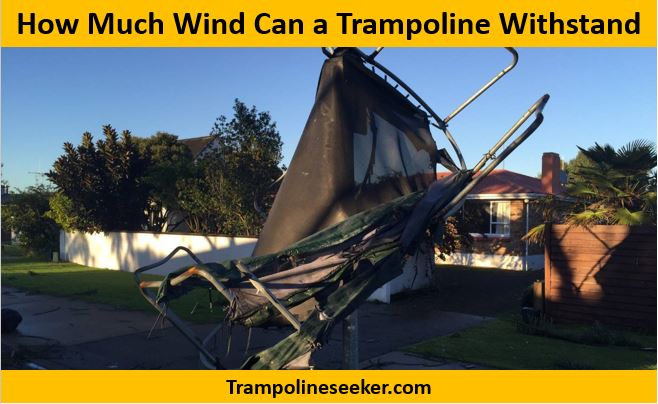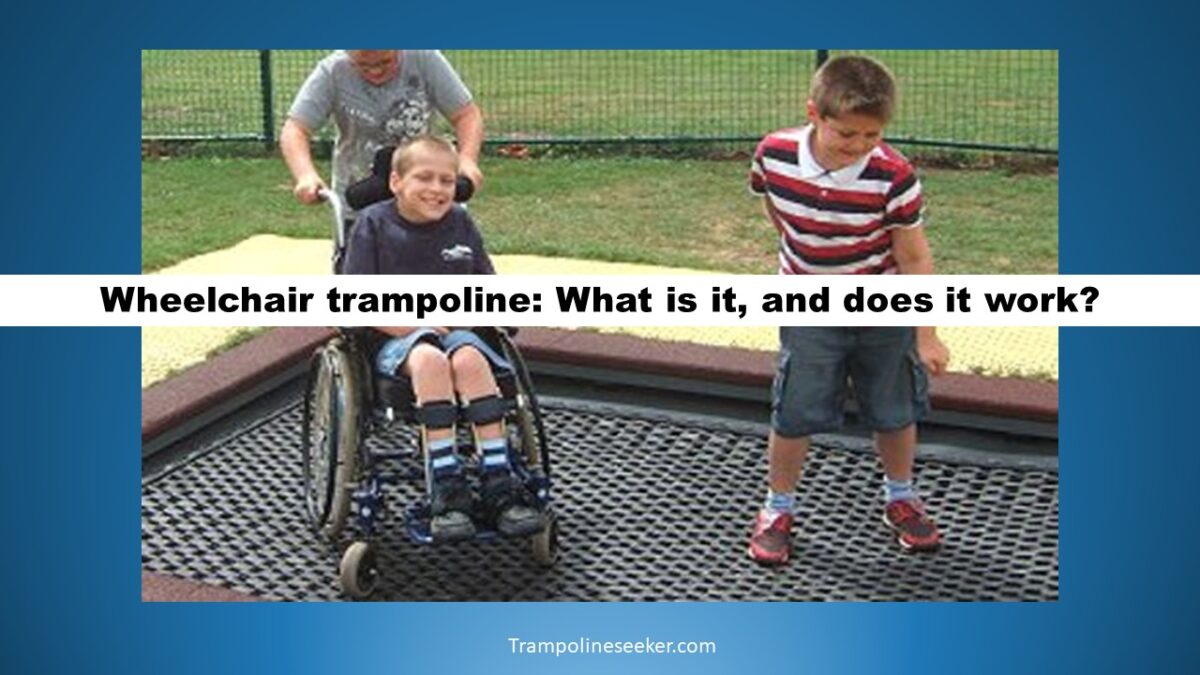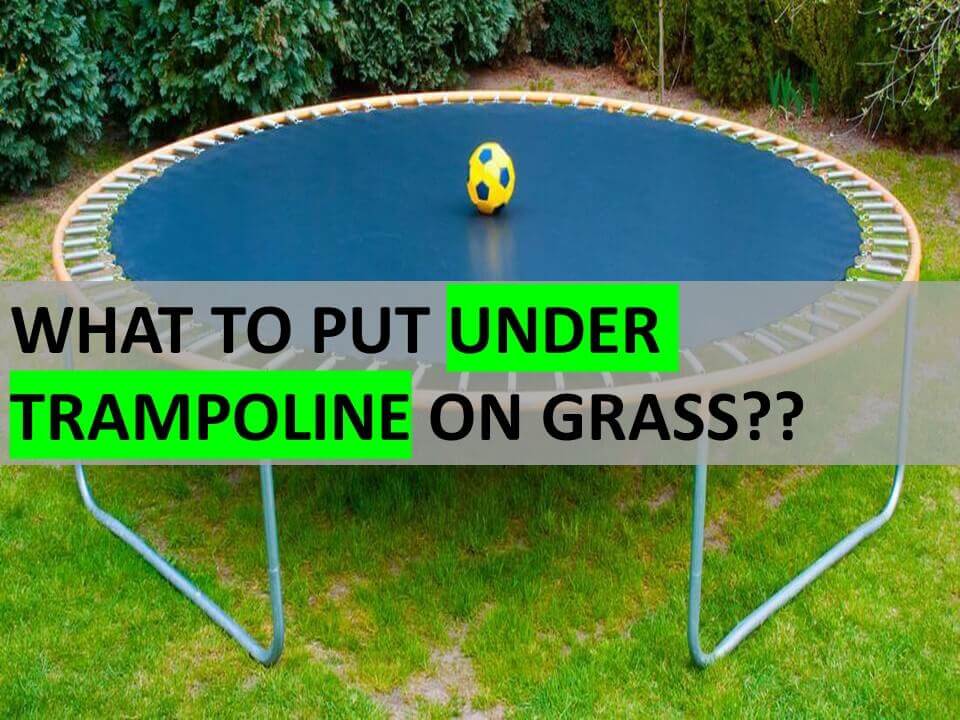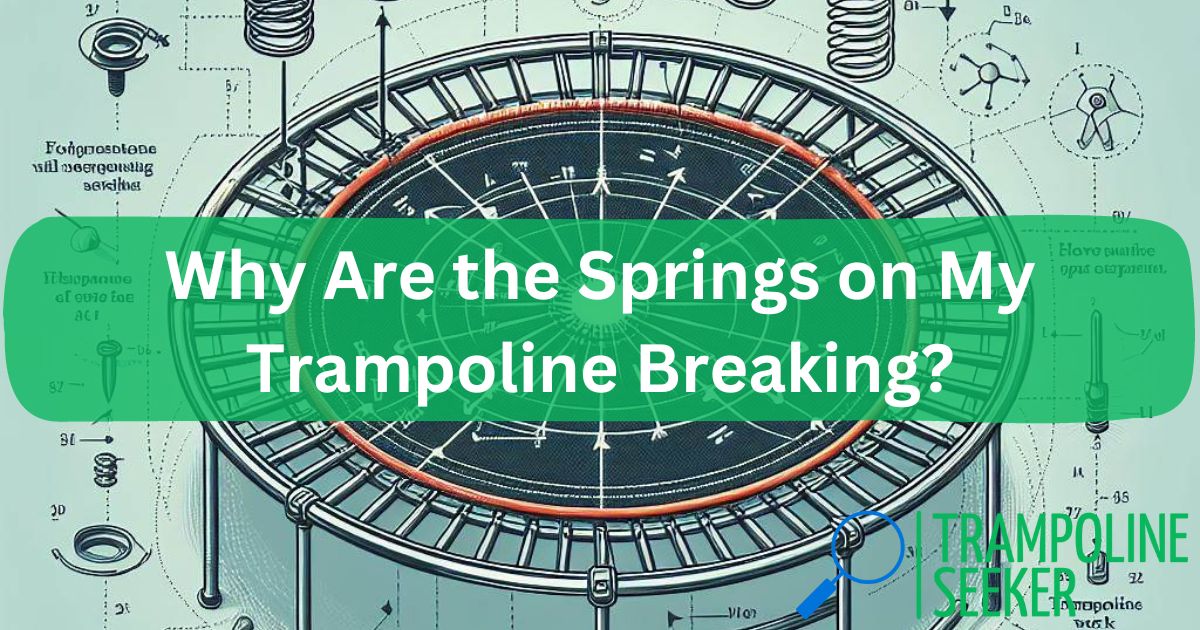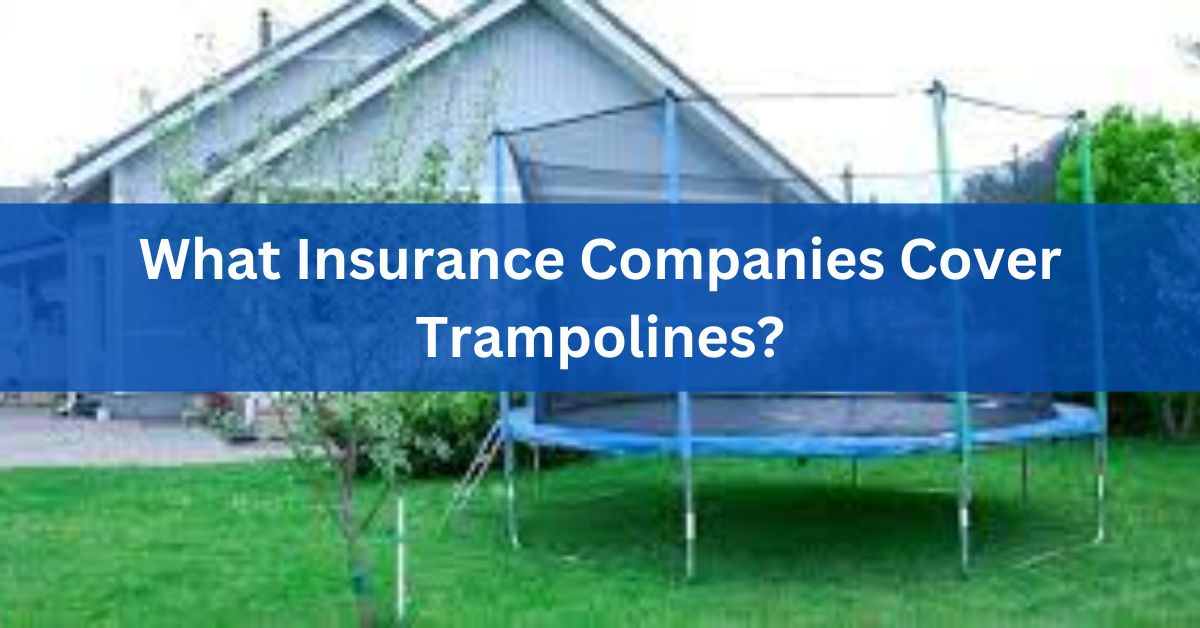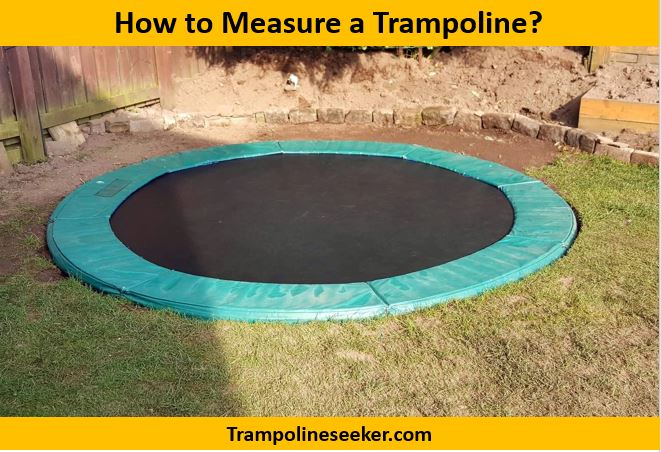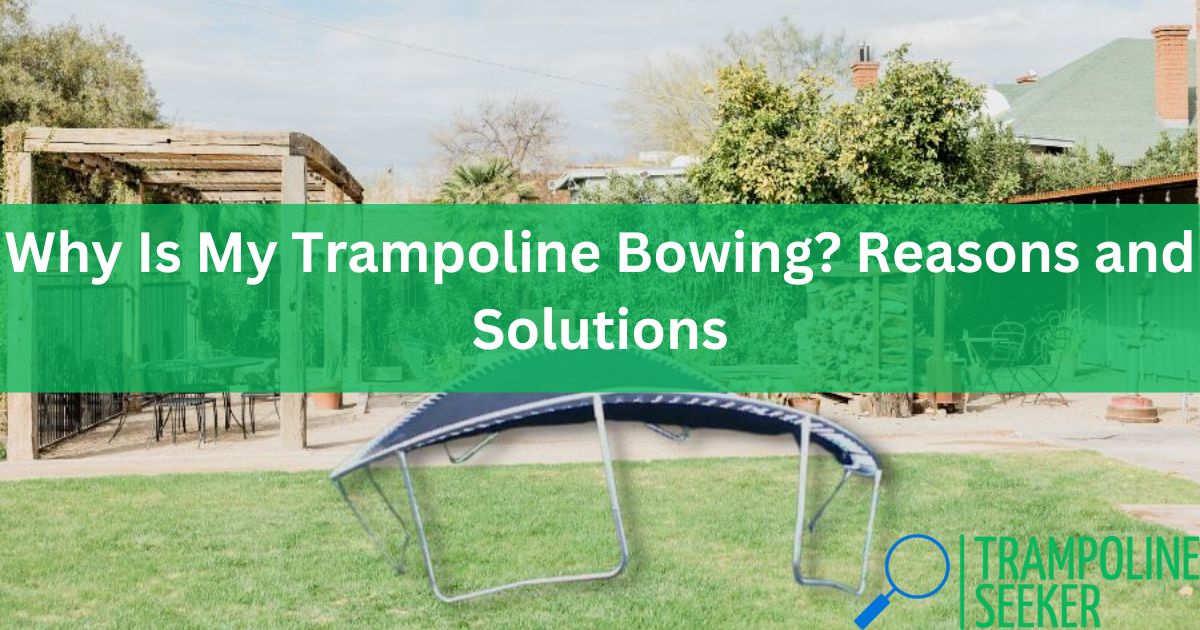Dealing with drainage and potential water build up in the sunken trampoline pit can put a damper on the enjoyment. As a long-time trampoline enthusiast and backyard design expert, I’ve installed numerous in ground trampolines over the years and learned the best practices for handling drainage and water mitigation.
In this comprehensive guide, I’ll provide key information on the various in ground trampoline drainage system options, solutions for wet climates, drainage installation instructions, supply checklists – and tips to prevent water from accumulating under your recessed jumper in the first place.
Do All In Ground Trampolines Need Drainage?
You may be wondering – does my sunken trampoline really require any special drainage considerations?
The answer depends on several factors:
Climate and Rainfall
If you live in an area with frequent heavy rainfall, drainage is strongly recommended for an in ground trampoline. Just as you’ve likely experienced holes filling with water when digging in your yard after storms, this will also happen in your trampoline pit without proper drainage.
Soil Type
Certain soil types like dense clay do not absorb water well at all. And areas with high water tables can also contribute to flooding issues. In either of these cases, having drainage for your recessed trampoline jump area will save you headaches down the road.
Occasional vs Constant Water
You’ll also want to think about whether your in ground trampoline will only see periodic water after heavy storms – or if poor drainage could lead to more constant standing water collection under the jumping mat. The amount and frequency of potential water influx will determine what type of drainage options make the most sense.
For most installations, having some method to mitigate water is recommended. But in drier climates or sandy soil, a drainage system may not be necessary if water accumulation is expected to be minimal.
In Ground Trampoline Drainage System Options
If you’ve determined drainage is a good idea for your installed in ground trampoline – what are the best options for keeping water out of the sunken jumping area?
There are 3 main choices when it comes to drainage systems for below ground trampoline pits:

1. As Needed Pump Solution
For areas with only periodic water drainage needs after heavy rain, having a portable water pump on hand can address issues as they pop up.
Simply having an extension cord and hose attached to a pump allows you to remove water as needed. Place the pump in the trampoline hole, run the hose to a drainage area in your yard, plug in the pump and flip the switch to activate water removal when necessary.
A benefit of this as needed method is you don’t have to install anything elaborate if water problems are infrequent. And should you need to access the trampoline pit for any reason, a portable pump won’t get in the way.
2. Permanent Pump System

For yards and climates prone to more regular in ground trampoline water accumulation, installing a permanent submersible pump system provides reliable hands-free drainage.
A permanent pump gets wired into your electrical system, often with a built-in automatic float switch to trigger pump activation when the water rises to a certain level. A trench needs to be dug for both the electrical line and a discharge hose that should drain away from the trampoline area to ensure keep water from flowing right back in.
While more involved to install, a permanent pump keeps your recessed trampoline clear of water without having to manually activate a portable pump. It also prevents standing water from becoming stagnant or attracting insects when drainage issues persist.
3. French Drain Piping

Perhaps the most straightforward solution is installing a french drain system – which uses trenches and perforated piping to divert water away from the area.
The piping is placed at the bottom of the in ground trampoline hole, filled in with gravel, and routes the water out to a second trench that feeds downhill to a different area of your property.
This passive system moves water out of the trampoline pit without need for any pump or electricity. And with the piping buried and covered, it won’t obstruct access to the trampoline itself down the road.
French drains are an affordable drainage option requiring a bit more digging and landscaping work upfront – but virtually no maintenance after installation.
Related Articles:
- Best In-Ground Trampoline
- How to Get Rid of In-Ground Trampoline Snakes?
- Can You Put a Normal Trampoline in the Ground?
- How to Put a Trampoline in the Ground?
- Are In-Ground Trampolines Safer?
In Ground Trampoline Drainage Installation Instructions
If you opt to install drainage piping or a sump pump system, what steps are needed to get your in ground trampoline drainage successfully set up? Here is a condensed checklist:
Materials and Equipment
First, assemble the necessary materials:
- Sump pump kit: Pump, discharge hose, attachments
- Rigid perforated piping or fabric drainage pipe
- Washed gravel backfill
- Digging tools: Shovels, pickaxe, tamper
- Gloves, eye protection, dust masks
Drainage Pit
Once you have everything on hand for the project:
- Dig a 2 x 2 x 2 drainage sump in the floor of the in ground trampoline hole
- Line the sump pit with geotextile landscape fabric to prevent dirt and sediment from clogging
- Install discharge piping at bottom with holes facing down, fill sump with gravel backfill
- Place pump kit at proper height based on manufacturer instructions
Power and Drainage Trench
- Dig trenches for electrical supply line to power the pump, and for drainage discharge hose
- Install underground electrical line safely according to local codes
- Ensure drainage hose trench slopes downhill so water flows away from trampoline area
With the pump, pit, piping trenches and gravel backfill installed – the system will now be equipped to reliably pump water out and away from your in ground trampoline pad!
Supply Checklist for In Ground Trampoline Drainage Projects
To ensure you get all the right materials and tools for installing drainage under your recessed jumper, here is supply checklist:
Pump and Components
- Sump pump kit
- Discharge hose
- Hose attachments
- Float switch
Electrical
- Outdoor extension cord or direct wiring supplies
- Outdoor outlet and box
Piping and Drainage
- 4” rigid perforated drainage pipe
- Gravel, crushed rock, pea gravel
- Landscape drainage fabric
Tools
- Shovels and pickaxe
- Tamper
- Gloves
- Eye protection
- Dust masks
Having these drainage supplies for your in ground trampoline project will save you hassles and extra trips to the hardware store!
Preventing In Ground Trampoline Water Build Up
While having a proper drainage system is important for diverting water away from an installed ground trampoline – preventing excessive water influx can also be helpful. Here are some useful tips:
Landscape Shaping
- Grade soil around pit to slope away from trampoline
- Plant water resistant plants and vegetation around trampoline hole
Surface Drainage
- Use sand or gravel to improve permeability of surrounding soil
- Install trenches, drainage pipes, rain garden to divert runoff
Weather Protection
- Install tight trampoline cover when not in use to shield from rain
- Secure cover firmly; pump out moisture if needed
FAQs About In Ground Trampoline Drainage
Here are answers to some common questions about keeping water and moisture out of below ground trampoline installations:
How often should the drainage system be checked?
Inspect sump pumps and discharge hoses at least twice a year. Test automatic float switches to ensure proper operation. Check for clogs or malfunctions after major storms.
Can drainage pipes freeze in winter?
Yes – ensure drainage pipes are below local frost lines when installed or use heat tape. Pumps may also need frost-proofing depending on climate.
Where should drainage water be directed?
Drainage discharge should be routed downhill away from trampoline and structures. Consider rain gardens, french drains or storm sewers depending on volume.
What if drainage system clogs?
Use drain augers, jetters or compressed air to clear obstructions from drainage pipes or hoses. Ensure sump pump intakes remain debris-free.
Final Words
Proper drainage and water management will keep your in ground trampoline free of excess moisture and safe for jumping even in rainy climates. Installing the right system upfront provides reliable protection against water damage or slippery jump pads. Follow the tips in this guide for optimal below ground trampoline drainage all year long!
Articles You May Like to Read:



